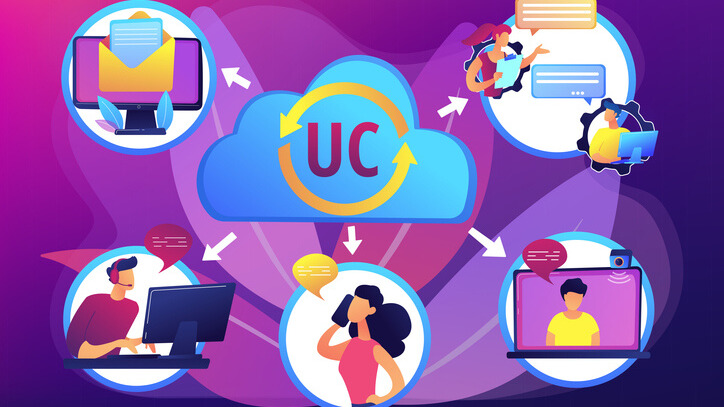Many businesses will be familiar with VoIP (internet telephony), and the potential cost savings it offers. But VoIP is only one aspect of unified communications (UC), which can also include voicemail, videoconferencing and instant messaging.
More rarified elements of UC include online white-boarding (a shared area on a conference screen) and ‘presence’ engines (more on this Orwellian gadgetry in a moment).
Technology research firm Gartner states that the goal of UC is ‘to reduce “human latency” in business’, a fancy way of saying that your employees will probably spend less time playing phone tag and more time communicating with each other.
An example of UC in action might be a ‘presence’ client program on a secretary’s PC, which lets him instantly see whether a sales executive several floors upstairs is at her desk (by checking mouse activity), on the phone or has set her status to ‘busy, do not disturb’ or even ‘busy, unless client X calls’.
Organisations are using UC in many different ways. Leicester College was struggling to keep track of its staff and tutors, many of whom travelled and taught off-campus.
‘Our staff teach in the community and this can make them hard to track down,’ says Paul Chapman, head of libraries and e-strategy.
A £44 million refurbishment project, including the construction of a new five-storey building at Abbey Park, was a perfect chance to boost communications.
Working with Siemens’ enterprise communications division, the college is using open-source (free) software to join its voice and data networks, and running a pilot programme whereby staff are able to carry their VoIP handsets wherever they go.
When they are on one of the college’s three campuses, the college wifi service picks up the signal and calls are free; when they are off campus, the device functions as a normal mobile phone. This is expected to provide cost savings of between 15 and 40 per cent against current mobile bills.
The WiFi signal can also be used for internet access: ‘We could let students log on with their laptops, but still block [them using a games console],’ says Chapman.






